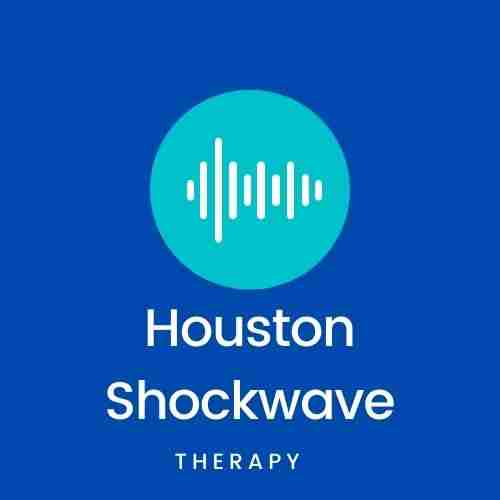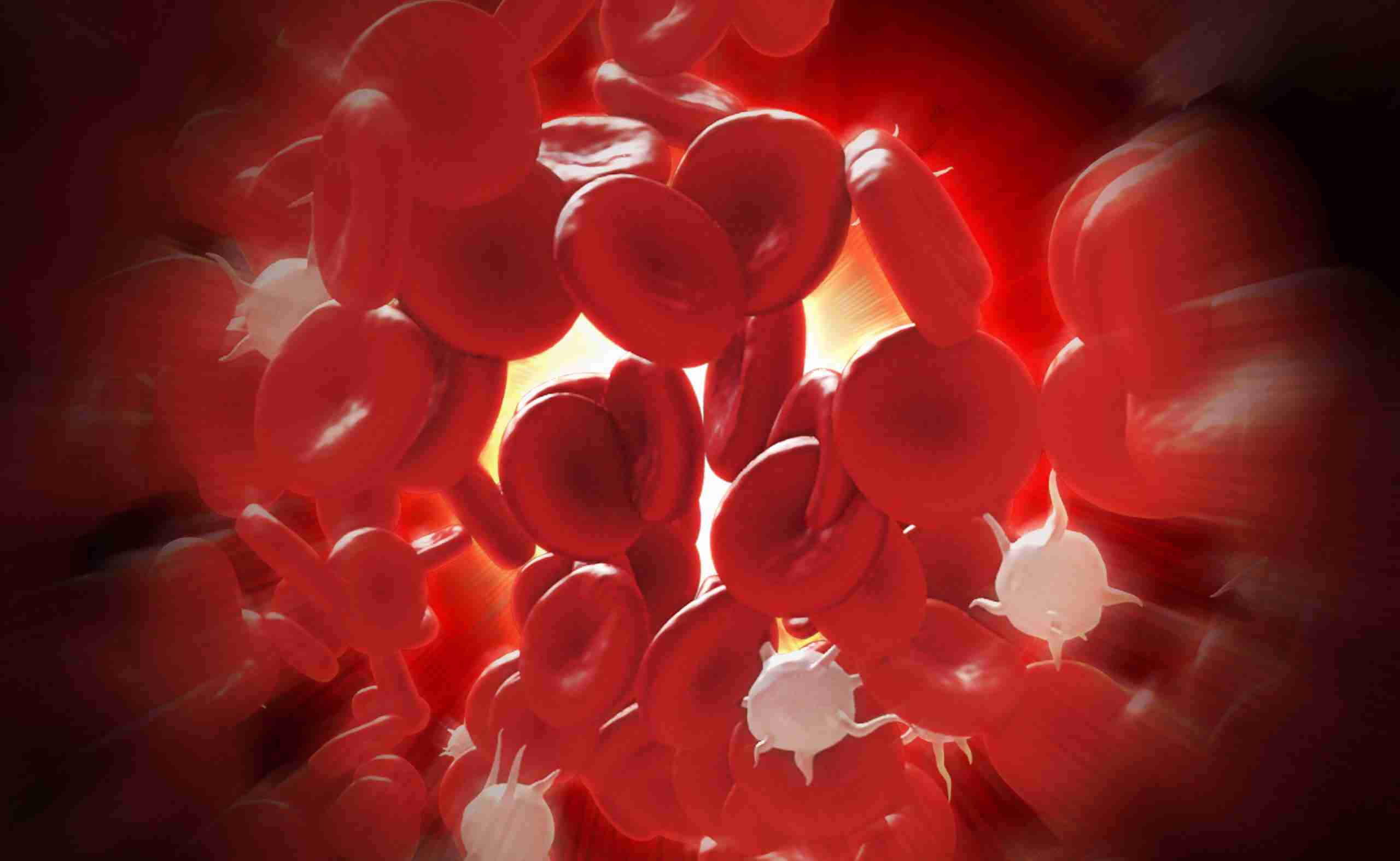Houston Shockwave Therapy
Healing for chronic and acute injuries
Erectile Dysfunction
Pain Relief
Inflammation Reversal
Collagen Synthesis
Shockwave Therapy for Erectile Dysfunction
Erectile dysfunction (ED) is a common condition that affects millions of men worldwide. It can be caused by a variety of factors, including age, obesity, diabetes, and other medical conditions. At Houston Shockwave, we offer a cutting-edge treatment option for ED using shockwave therapy. Our team of experienced medical professionals has successfully treated many patients with ED, helping them to regain their sexual function and confidence.
What is Erectile Dysfunction?
Erectile dysfunction is a condition in which a man has difficulty achieving or maintaining an erection sufficient for sexual activity.
This can be caused by a variety of factors, including:
- Age-related changes in the body
- Medical conditions such as diabetes, high blood pressure, and heart disease
- Psychological factors such as stress, anxiety, and depression
- Lifestyle factors such as smoking, alcohol use, and obesity
Symptoms of erectile dysfunction include:
- Difficulty achieving or maintaining an erection
- Reduced sexual desire
- Difficulty achieving orgasm
Treatment Options for Erectile Dysfunction:
The treatment for erectile dysfunction depends on the underlying cause of the condition. In mild cases, conservative treatments such as lifestyle modifications, medication, and psychotherapy may be effective. However, in more severe cases, more invasive treatments such as surgery may be necessary.
Shockwave Therapy for Erectile Dysfunction:
At Houston Shockwave, we offer a non-invasive and highly effective treatment option for erectile dysfunction using shockwave therapy. Shockwave therapy is a cutting-edge technology that uses high-frequency sound waves to stimulate the body’s natural healing processes and promote tissue regeneration.
During a shockwave therapy session, a specialized machine delivers focused shockwaves directly to the affected area. The shockwaves penetrate deep into the tissue, increasing blood flow and stimulating the growth of new blood vessels and nerve tissue. This leads to improved tissue quality, increased sensitivity, and improved erectile function.
Shockwave therapy for erectile dysfunction is a safe and effective alternative to more invasive treatments, with no downtime or recovery period. Patients can typically return to their normal activities immediately after treatment, and most experience significant improvement in their erectile function within a few days.
Why Choose Houston Shockwave for Erectile Dysfunction Treatment?
Houston Shockwave is a leader in the field of shockwave therapy for erectile dysfunction. Our team of medical professionals has extensive experience in treating a wide range of conditions, and we are dedicated to providing the highest quality care and personalized treatment plans for each of our patients.
When you choose Houston Shockwave for erectile dysfunction treatment, you can expect:
- A comprehensive evaluation and diagnosis of your condition
- A customized treatment plan tailored to your specific needs and goals
- State-of-the-art shockwave therapy technology and techniques
- Experienced and highly trained medical professionals
- A commitment to your health and wellbeing
Don’t let erectile dysfunction hold you back from living your life to the fullest. Contact Houston Shockwave today to schedule a consultation. Our team of medical professionals is dedicated to helping you regain your sexual function and confidence.

